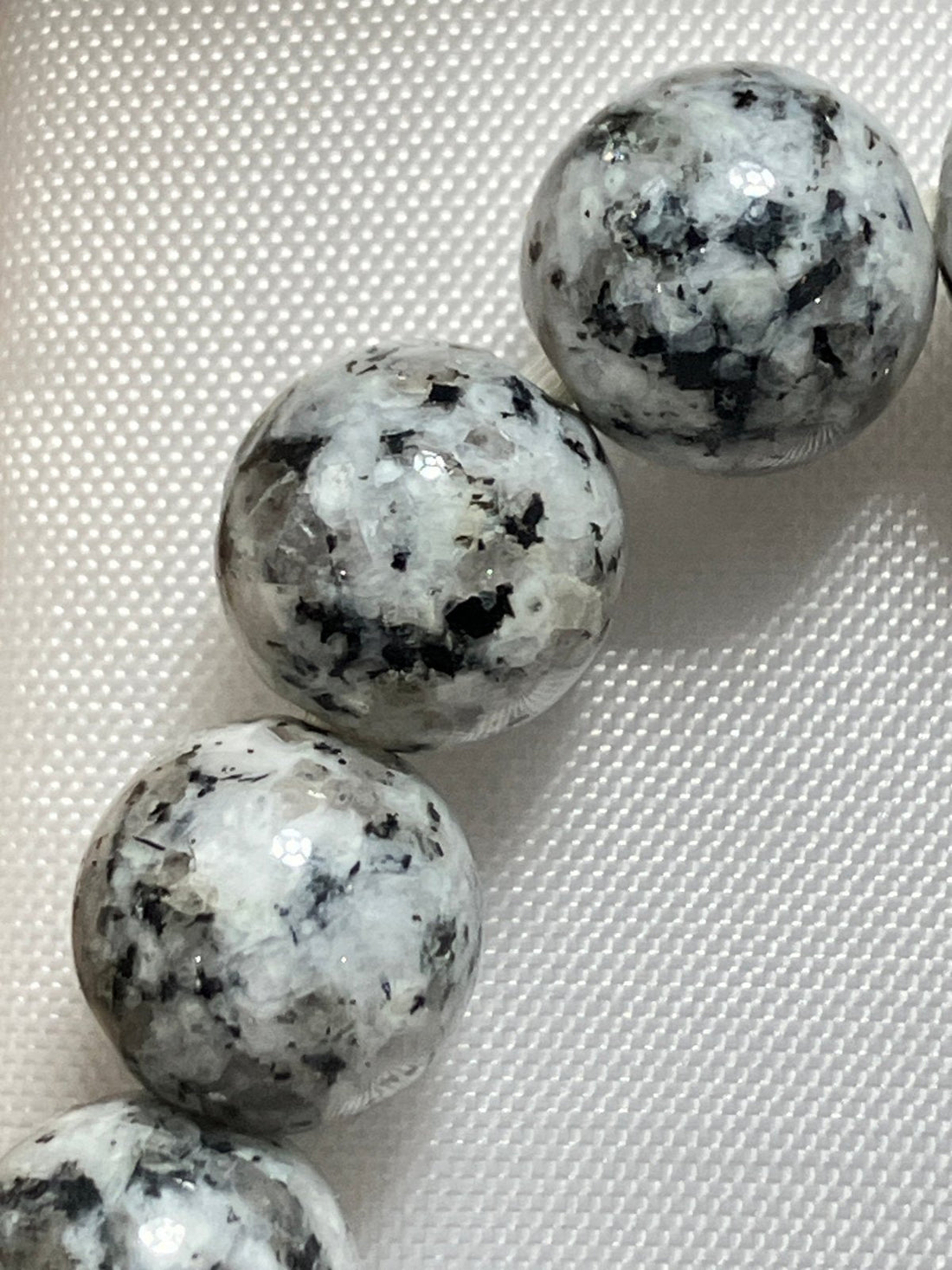
Juzu Meaning — The Spirit of Buddhist Prayer Beads
Share
Juzu and the 108 Beads — Carving Prayer into Stone

The Juzu (Buddhist prayer beads) is a sacred tool used when chanting sutras or prayers. Beyond its religious role, it stands as a cultural symbol that connects people and their thoughts. Each bead passed through the fingers carries centuries of faith and calm determination. The Juzu continues to unite hearts across generations, embodying a quiet aspect of Japan’s spiritual culture.
Origins of the Juzu
The origin of Juzu dates back to around the 5th century BCE in India, where monks threaded seeds and small stones to count recitations. As Buddhism spread eastward, the custom reached Japan during the Nara period (710–794 CE). Over time it became part of everyday life—not only for monks but also for ordinary people—serving as a tangible expression of prayer across sects.
🕊 When the Juzu Is Used
Juzu are deeply woven into Japanese religious and daily life. While their form and handling vary by sect, their essence remains the same—to calm and focus the mind.
| Purpose | Occasion | Meaning & Role |
|---|---|---|
| Chanting / Sutra Recitation | Temple rituals, home memorials | Counting recitations and focusing the mind to purify worldly desires. |
| Funerals & Memorials | Wakes, funerals, memorial services | Praying for the deceased and purifying one’s own heart. |
| Grave Visits & Seasonal Observances | Obon, equinoctial weeks, visits to family graves | A gesture of respect—bridging one’s heart with the departed. |
| Daily Prayer & Meditation | Morning / evening practice, quiet reflection | Turning each bead encourages deep breathing and self-reflection. |
| Bracelet-Type Juzu | Everyday protection | Worn as an amulet for peace and safety, regardless of sect. |
The Meaning of 108
The number 108 symbolizes the total number of human desires or delusions (bonnō) that cloud the heart. Each bead represents one emotion to be purified through prayer and awareness.
Common Interpretations
| Formula | Components | Meaning / Interpretation |
|---|---|---|
| 6×6×3 = 108 | Six senses × Six objects × Three states | The most common theory; combinations of sense, object, and mental state (good, evil, neutral). |
| 6×3×2×3 = 108 | Six senses × Three feelings × Two stains × Three times | Pleasure, pain, neutral × stained or unstained × past, present, future. |
| 12×3×3 = 108 | Twelve bases × Three feelings × Three times | Six senses + six objects (twelve bases), combined with feeling and time. |
Glossary
| Concept | Content | Description |
|---|---|---|
| Six Senses (Rokkon) | Eye, Ear, Nose, Tongue, Body, Mind | The six human faculties of perception. |
| Six Objects (Rokkyō) | Form, Sound, Smell, Taste, Touch, Thought | The six objects perceived by the senses. |
| Three States (Sansei) | Good, Evil, Neutral | The three moral states of the mind. |
| Three Feelings (Sanju) | Pleasure, Pain, Indifference | How the mind receives stimuli. |
| Two Stains (Nisen) | Defiled, Pure | Whether the heart is tainted by desire or not. |
| Three Times (Sanji) | Past, Present, Future | The temporal dimensions in which emotions operate. |
Bead Counts and Their Meanings
While 108 beads form the standard full-length Juzu, many variations exist for different practices, devotion levels, and portability.
| Beads | Formula | Type | Common Use / Sect | Symbolism |
|---|---|---|---|---|
| 108 | Full form | Honnen Juzu (formal) | Shingon, Jōdo, Tendai | Purification of all 108 desires. |
| 54 | 108 ÷ 2 | Half Juzu | Jōdo Shinshū, Rinzai | Midpoint of life; path of cultivation. |
| 27 | 108 ÷ 4 | Quarter Juzu | Lay practice, portable | Four seasons or four directions. |
| 21 | ≈ 108 ÷ 5 | Wrist-type Juzu | Nichiren, Sōtō | Seven celestial bodies × three treasures (Buddha, Dharma, Sangha). |
| 18 | Six senses × Three poisons | Bracelet Juzu | Modern / amulet | Control over greed, anger, ignorance. |
| 12 | Twelve links of causation | Simplified Juzu | Educational / symbolic | Interdependence and karma. |
Why Granite Juzu Are Rare
Among all materials used for Juzu, granite is exceptionally rare. While most are made of crystals, agate, or wood, granite belongs to the realm of sculptural stone, demanding exceptional craftsmanship to shape into small, smooth spheres.
- Extremely hard (Mohs 6–7), difficult to carve — Spherical beads require precise grinding; they crack easily and are not suited for mass production.
- Fine crystalline texture, hard to color-match — Unlike translucent gemstones, each bead must be hand-selected for visual balance.
- Requires stonemasonry expertise — Crafted by artisans who make lanterns and monuments in traditional stone centers such as Okazaki (Aichi) and Kagawa.
A granite Juzu is more than a prayer tool—it is a fusion of geology, craftsmanship, and faith. Each bead carries the mason’s breath and the memory of the Earth.
Conclusion
People polish stones, and stones, in turn, polish people’s hearts. This timeless cycle defines Japan’s relationship between prayer and craft. The granite Juzu stands as a rare, enduring symbol of serenity—a quiet beauty that continues to resonate across centuries.

